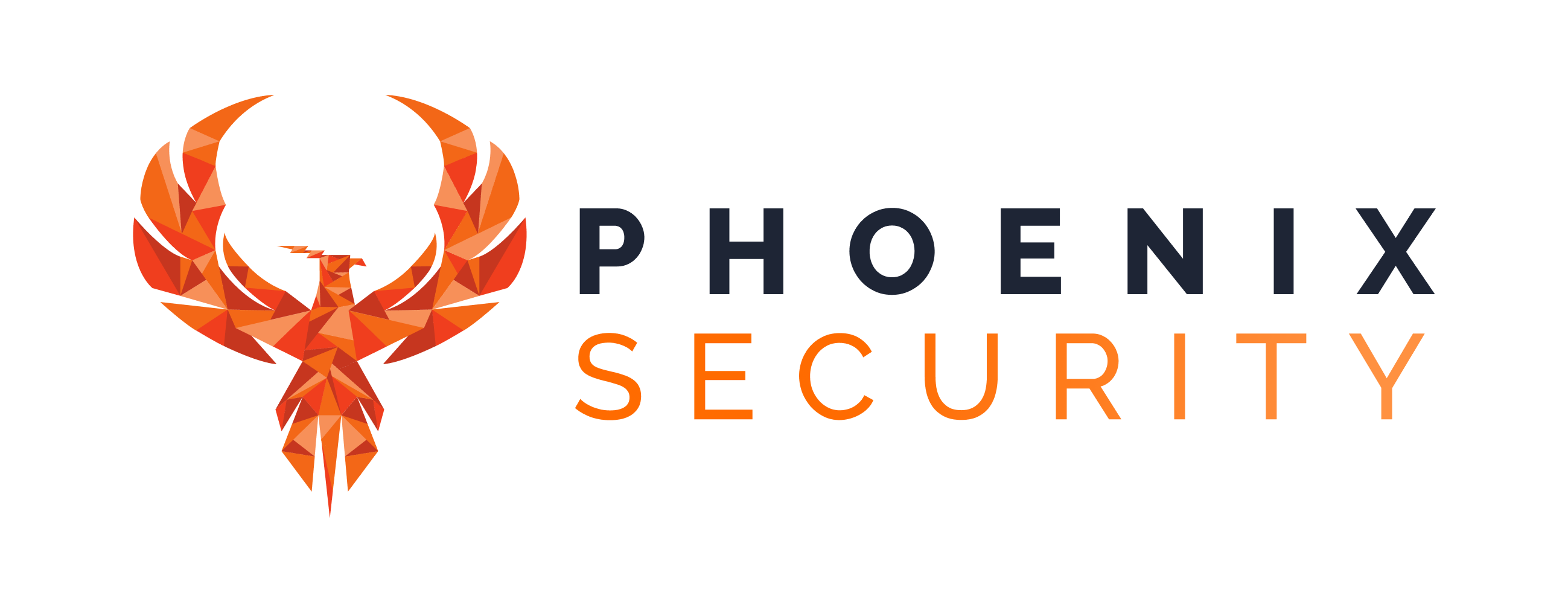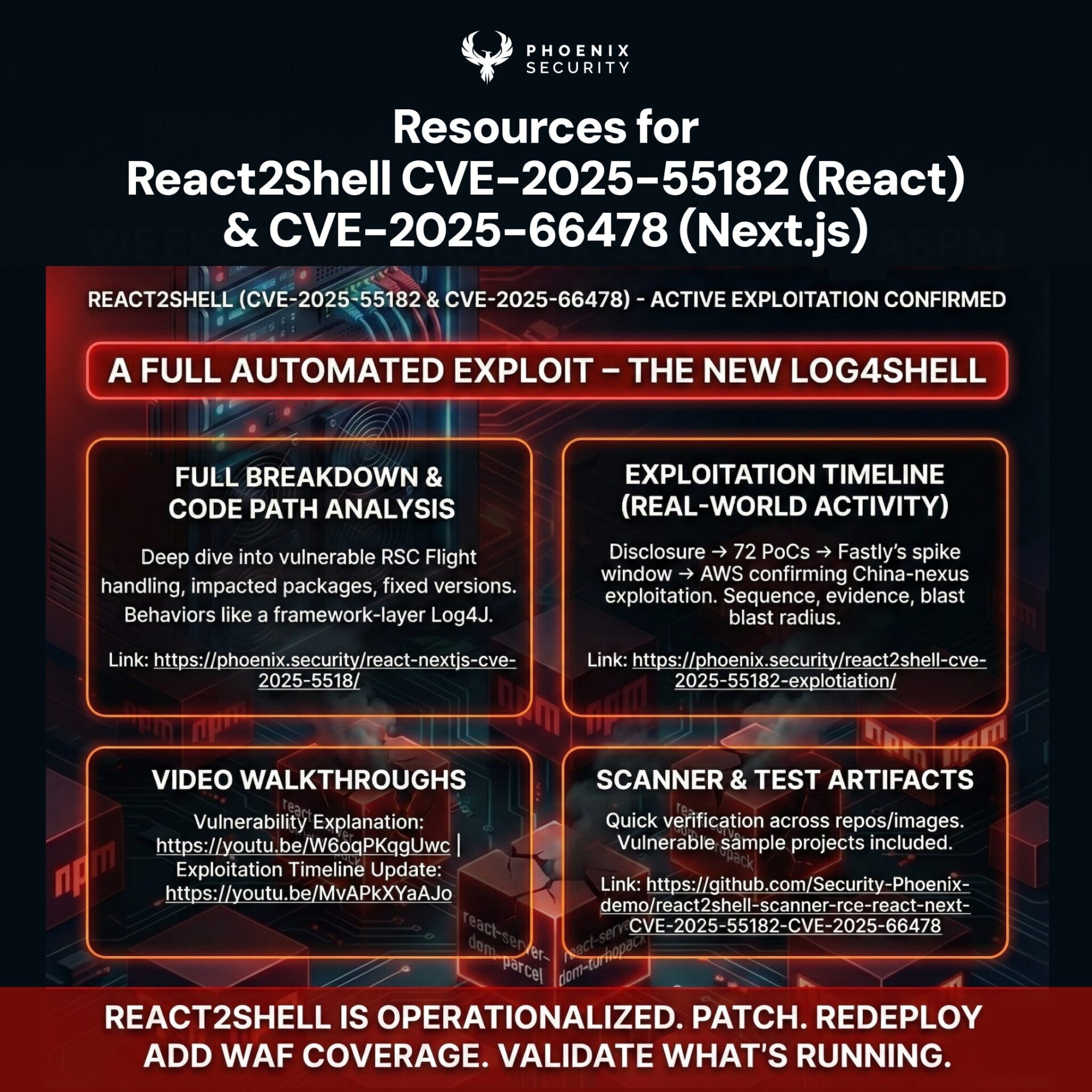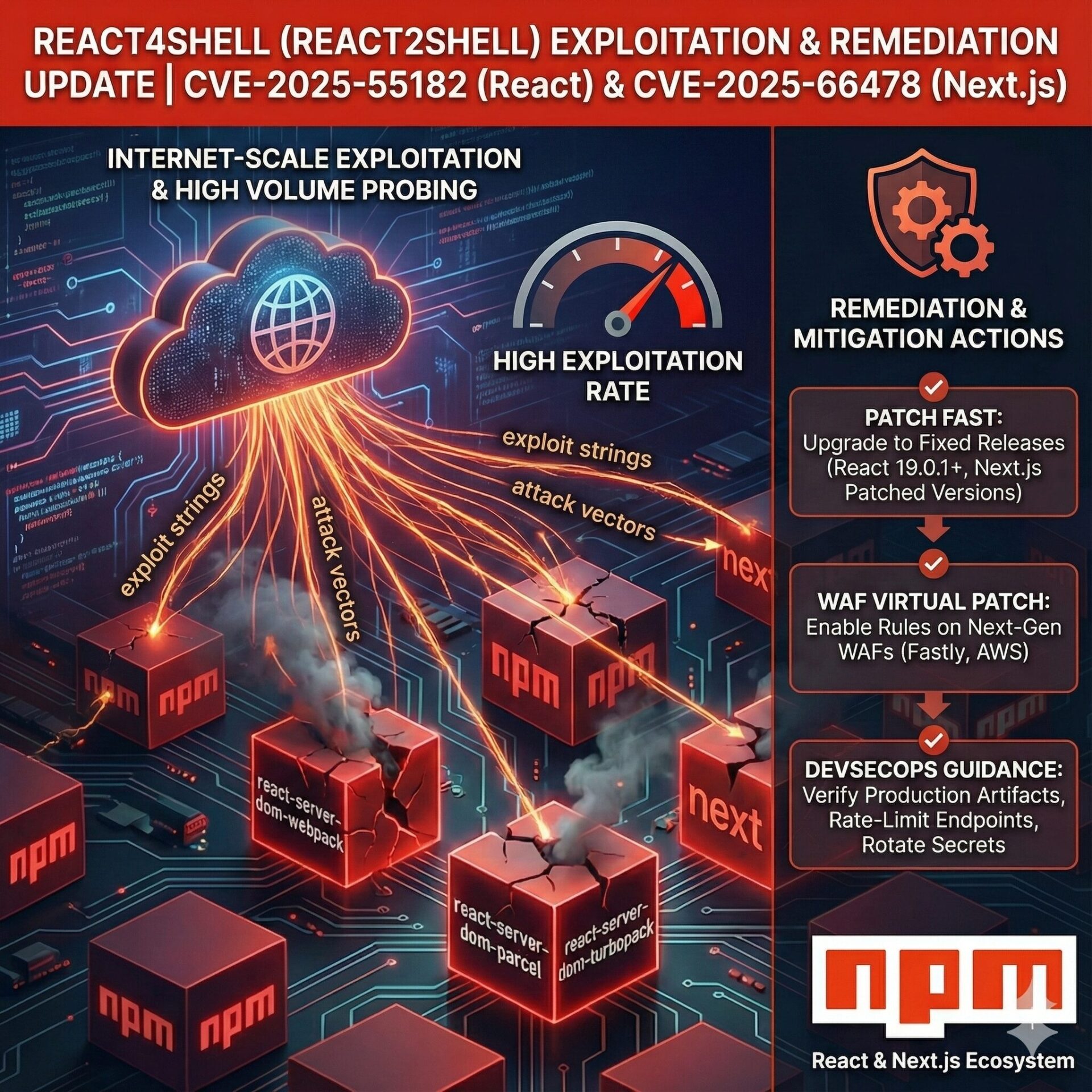Security risk management is the process of identifying, assessing, and prioritizing potential threats to an organization’s assets, and implementing strategies to mitigate or eliminate those risks.
The importance of protecting organizational assets cannot be overstated. Physical assets, such as buildings and equipment, represent significant investments and their loss or damage can have a serious impact on an organization’s operations and bottom line.
Intangible assets, such as intellectual property and data, are often the driving force behind an organization’s success, and their unauthorized use or loss can have serious consequences. Reputational assets, such as brand reputation and customer trust, are essential for maintaining an organization’s competitive advantage and can take years to build, but can be lost in a matter of minutes.
The Process of Security Risk Management
Identification: The process of security risk management begins with the identification of potential risks. This can be done through a variety of methods, such as conducting a security audit, performing a vulnerability assessment, or conducting a risk assessment.
Analyzing Potential Impact: Once potential risks have been identified, they must be assessed in terms of their likelihood and potential impact on the organization. This allows the organization to prioritize the risks and focus on those that pose the greatest threat.
Strategizing: Once risks have been identified and assessed, the organization can develop and implement risk mitigation strategies. These strategies can include a wide range of measures, such as implementing security controls, implementing emergency response plans, and conducting security training for employees.
Continuous Monitoring: Once risk mitigation strategies have been implemented, it is important to regularly monitor and review the risk management plan to ensure that it is effective and that any new risks have been identified and addressed. This can be done through regular security audits, vulnerability assessments, and risk assessments.
The Role of Security Risk Management in Protecting Organizational Assets
Security risk management plays a crucial role in protecting an organization’s physical assets. This includes protecting buildings and equipment from damage or loss due to natural disasters, accidents, or malicious attacks. It also involves implementing security measures such as security cameras, access control systems, and secure storage to protect against theft and unauthorized access.
Security risk management is also essential for protecting an organization’s intangible assets, such as intellectual property and data. This includes implementing measures such as data encryption, secure storage of data, and employee training to prevent data breaches and unauthorized access to sensitive information.
In addition to protecting physical and intangible assets, security risk management is also important for protecting an organization’s reputational assets. This includes protecting the organization’s brand reputation and customer trust by implementing measures such as crisis management plans and employee training to prevent negative publicity and damage to the organization’s reputation.
Case Studies
Example of a Successful Security Risk Management Plan
One example of a successful security risk management plan is the implementation of a comprehensive security program at a major pharmaceutical company. The company identified potential risks to its physical and intangible assets, including the theft of valuable research and development data and the unauthorized access to confidential information.
To mitigate these risks, the company implemented a number of measures, including data encryption, secure storage of data, employee training, and the implementation of strict access controls. The company also conducted regular security audits and vulnerability assessments to ensure that the risk management plan was effective and to identify any new risks.
As a result of these efforts, the company was able to protect its valuable assets and maintain its competitive advantage in the highly competitive pharmaceutical industry.
Example of the Consequences of Inadequate Security Risk Management
On the other hand, an example of the consequences of inadequate security risk management can be seen in the 2017 Equifax data breach. In this incident, the personal and financial information of over 147 million individuals was compromised due to a failure to patch a known vulnerability in the company’s web application software.
The consequences of this breach were severe, with Equifax facing significant financial losses, legal action, and damage to its reputation. The company’s stock price plummeted and it faced numerous investigations and lawsuits. The breach also had a significant impact on the affected individuals, many of whom experienced financial fraud and identity theft as a result of the breach.
Phoenix Security — A Complete Security Risk Management Solution
The Phoenix Security is a platform for security risk management because it helps organizations analyze and contextualize potential threats across their attack surfaces. By taking data from security scanners and contextualizing, correlating, and prioritizing it, the platform offers a clear understanding of the actions that need to be taken to mitigate potential risks.
One of the key benefits of the Phoenix Security platform is that it provides a comprehensive view of an organization’s security posture. By analyzing data from multiple sources, it is able to identify potential vulnerabilities and prioritize them based on their likelihood and impact.
Another advantage of the Phoenix Security platform is its ability to contextualize threats. By understanding the context in which a threat occurs, organizations are better able to understand the motivations behind an attack and the potential consequences of a breach.
Conclusion
In conclusion, the role of security risk management in protecting organizational assets is crucial. By identifying, assessing, and mitigating potential risks, organizations can protect their physical, intangible, and reputational assets and ensure the continued success and stability of their operations.
It is important for organizations to regularly review and update their security risk management plans to ensure that they are effective and that any new risks have been identified and addressed. Additionally, organizations can seek out resources and guidance from industry experts and organizations such as the National Institute of Standards and Technology (NIST) to assist in the development and implementation of effective security risk management plans.
















